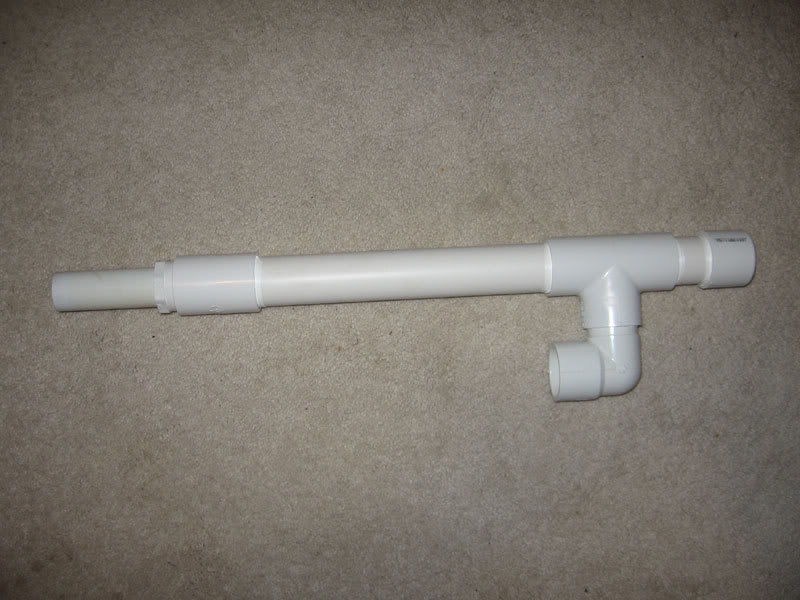bpeitzke
Aquarium Advice Activist
I now have a cannister filter on my 65-bal FOWLR tank, but am thinking about changing to a sump filter, and wondering about combining one with a refugium. I'm looking for info on the theory of sump filters (e.g. what are the baffles for?) and specifics on the plumbing.
In particular, since sump filters as I understand them are open and gravity fed from main tank, you must need some sort of valve to control the outflow water to keep the sump from overflowing. I want to understand the plumbing and how it works before proceeding.
One advantage I see for a sump filter is that it would use a sock filter that would be easy to clean or change - right?
Grateful for any helpful pointers.
TIA
Bob Peitzke
In particular, since sump filters as I understand them are open and gravity fed from main tank, you must need some sort of valve to control the outflow water to keep the sump from overflowing. I want to understand the plumbing and how it works before proceeding.
One advantage I see for a sump filter is that it would use a sock filter that would be easy to clean or change - right?
Grateful for any helpful pointers.
TIA
Bob Peitzke

